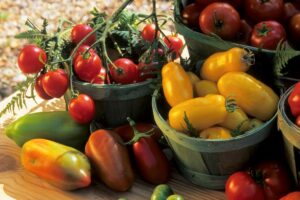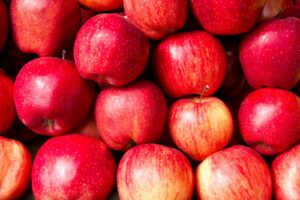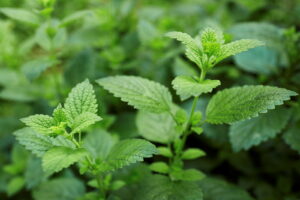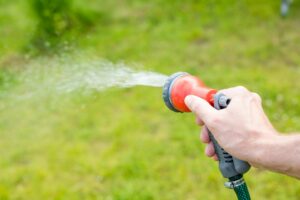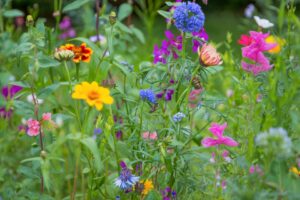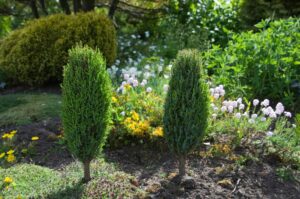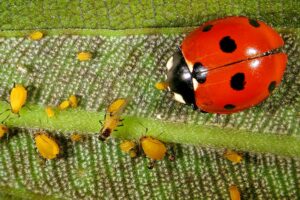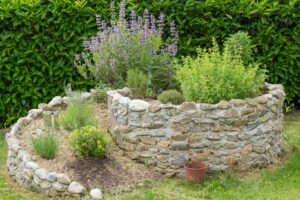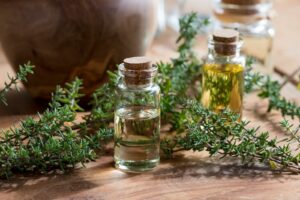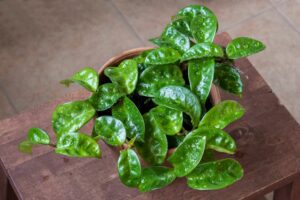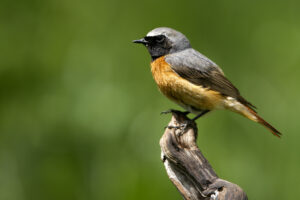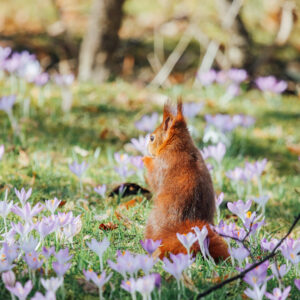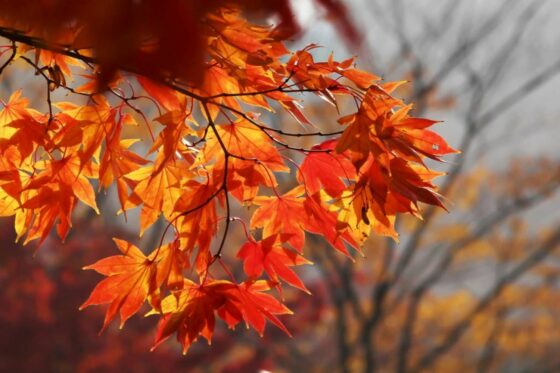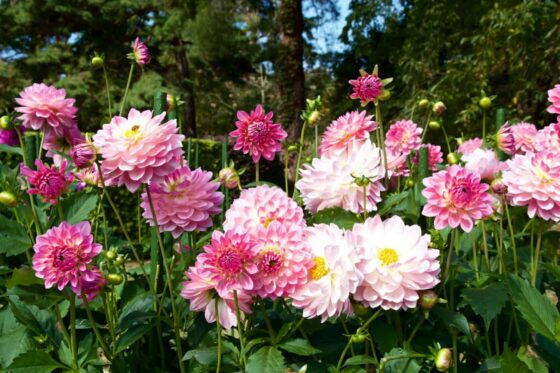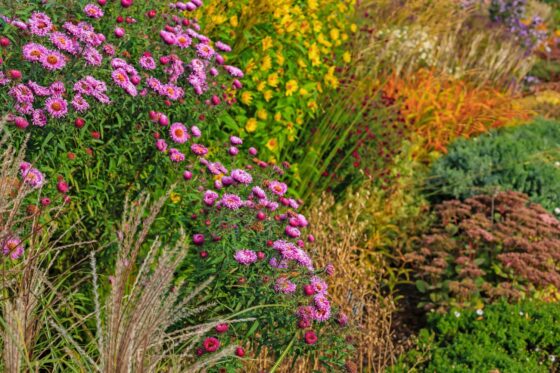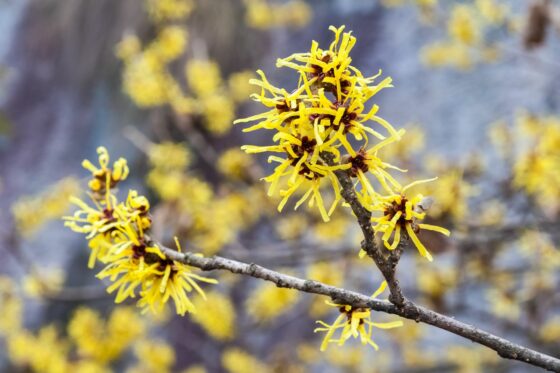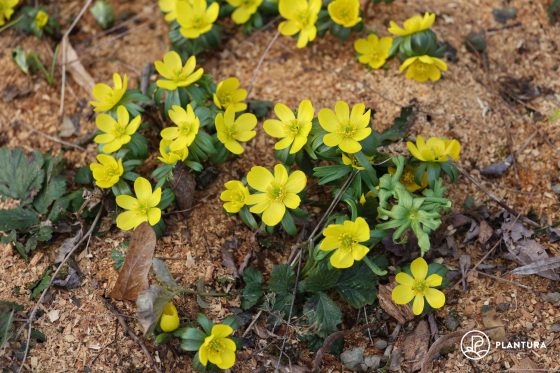Indicator plants: what are they & what can they tell us?
Along with doing a soil test, you can get an indication of the soil’s nutrients and type from what plants naturally grow there. Learn all about indicator plants and their uses.
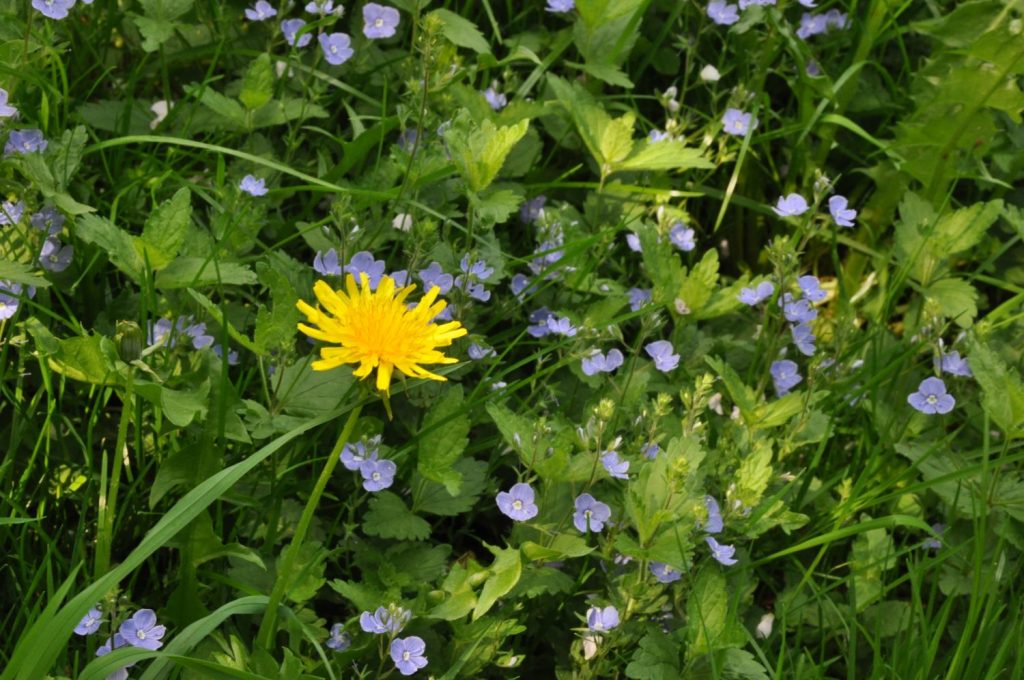
Indicator plants can be helpful in a quick analysis of the soil. Read on to discover the theory behind indicator plants, with some examples of the most commonly used soil indicator plants.
Contents
What are indicator plants?
If you are wondering what indicator plants are, they are simply naturally growing plants that can suggest the type of soil and its quality by their existence. For example, if a few or more types of nutrient-hungry plants are growing, you could assume that the soil they are growing on is rich and fertile.
Indicator plants cannot give an exact analysis like a soil test, but if several species are present, they can give a good indication of the soil’s properties.

What do indicator plants tell us?
Indicator plants can supply a surprisingly large amount of information about the soil they are growing in. Not only can they indicate nutrient and moisture levels, but the pH of the soil as well. For instance, if you identify ericaceous-loving plants like foxgloves (Digitalis purpurea), rhododendrons or azaleas (Rhododendron spec.) growing naturally, you can be pretty sure that the soil is acidic.
Here is a list of soil attributes that indicator plants can help identify:
- Nutrient-poor soils
- Nutrient-rich soils
- High nitrogen content
- Alkaline soils/high pH
- Acidic soils/low pH
- High water content
- Lack of moisture
- Light and sandy soil
- Heavy or compacted ground
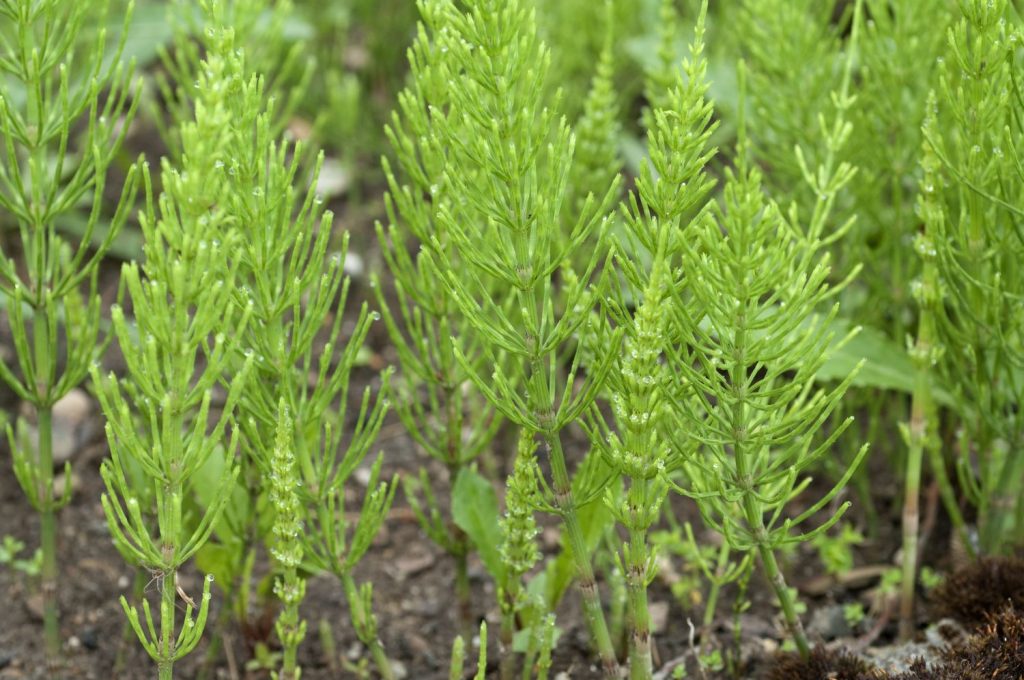
An overview of important indicator plants
Daisies (Bellis perennis) and buttercups (Ranunculus) are perhaps two of the most commonly known indicator plants. Here is a table of other plants that can be used as indicators and the soil’s characteristics that they imply:
| Indicator plants for poor soils | Field horsetail (Equisetum arvense), ice plant (Hylotelephium), lavender (Lavandula), ox-eye daisy (Leucanthemum vulgare), salad burnet (Sanguisorba minor) |
| Indicator plants for nutrient-rich soil | Bramble (Rubus fruticosus), chickweed (Stellaria media), dandelion (Taraxacum officinale), dead-nettle (Lamium), garlic mustard (Alliaria petiolata), stinging nettle (Urtica) |
| Indicator plants for nitrogen-rich soil | Cow parsley (Anthriscus sylvestris), dandelion, docks (Rumex), ground elder (Aegopodium podagraria), speedwell (Veronica), stinging nettle |
| Indicator plants for chalk or limestone soil | Betony (Betonica officinalis), bugloss (Echium vulgare), docks, meadow cranesbill (Geranium pratense), meadow clary (Salvia pratensis), salad burnet, toadflax (Linaria) |
| Indicator plants for acidic soil | Bracken (Pteridium aquilinum), corn chamomile (Anthemis arvensis), daisies, heather (Calluna vulgaris), mat grass (Nardus stricta), speedwell, wood sorrel (Oxalis) |
| Indicator plants for high water content | Butterbur (Petasites hybridus), creeping buttercup (Ranunculus repens), lesser celandine (Ficaria verna subsp. verna), mare’s tail, marsh marigold (Caltha palustris) |
| Indicator plants for dry soil | Bugloss, campion (Silene), Dyer’s chamomile (Anthemis tinctoria), ice plant, kidney vetch (Anthyllis vulneraria), ribwort plantain (Plantago lanceolata), spurge (Euphorbia), thyme (Thymus) |
| Indicator plants for light and sandy soils | Bird’s foot (Ornithopus perpusillus), chickweed, common knapweed (Centaurea nigra), mullein (Verbascum), spurge, wild carrot (Daucus carota), yarrow (Achillea) |
| Indicator plants for heavy, compacted soils | Creeping buttercup, creeping thistle (Cirsium arvense), dandelion, greater plantain (Plantago major), mare’s tail, silverweed (Argentina anserina) |
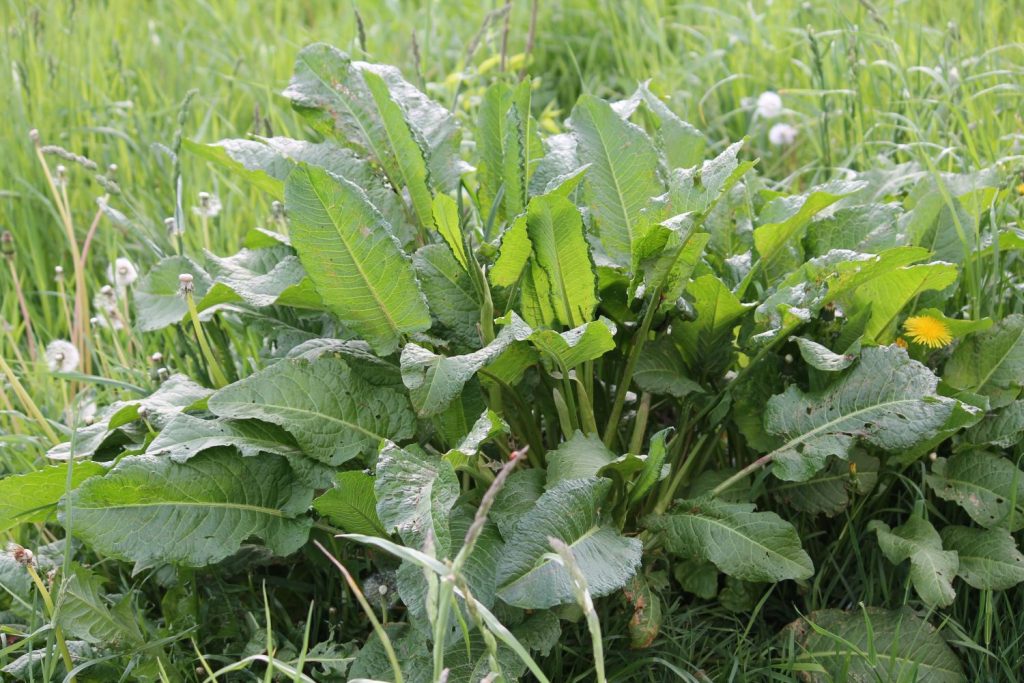
Although indicator plants can be helpful in analysing the soil, some are also considered a weed. Learn more about weeding and what are the best tools available for it in our separate article.
